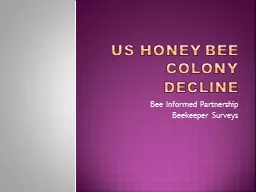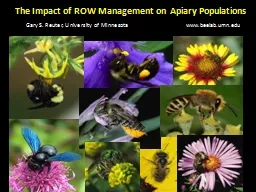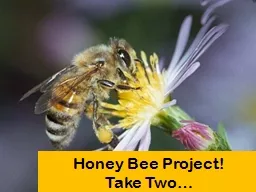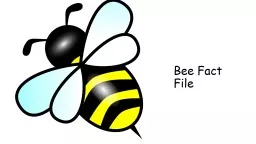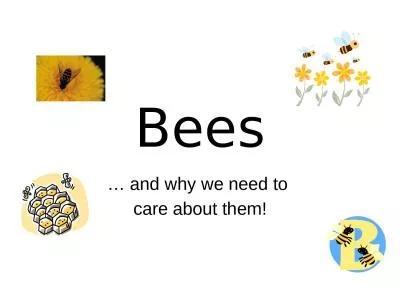PPT-HONEY BEES Ms. Madlon Bees… in general
Author : min-jolicoeur | Published Date : 2018-09-24
There are over 20000 species of bees in the world They are found on every continent except Antarctica Most bees are communal they live with many other bees in
Presentation Embed Code
Download Presentation
Download Presentation The PPT/PDF document "HONEY BEES Ms. Madlon Bees… in genera..." is the property of its rightful owner. Permission is granted to download and print the materials on this website for personal, non-commercial use only, and to display it on your personal computer provided you do not modify the materials and that you retain all copyright notices contained in the materials. By downloading content from our website, you accept the terms of this agreement.
HONEY BEES Ms. Madlon Bees… in general: Transcript
Download Rules Of Document
"HONEY BEES Ms. Madlon Bees… in general"The content belongs to its owner. You may download and print it for personal use, without modification, and keep all copyright notices. By downloading, you agree to these terms.
Related Documents



